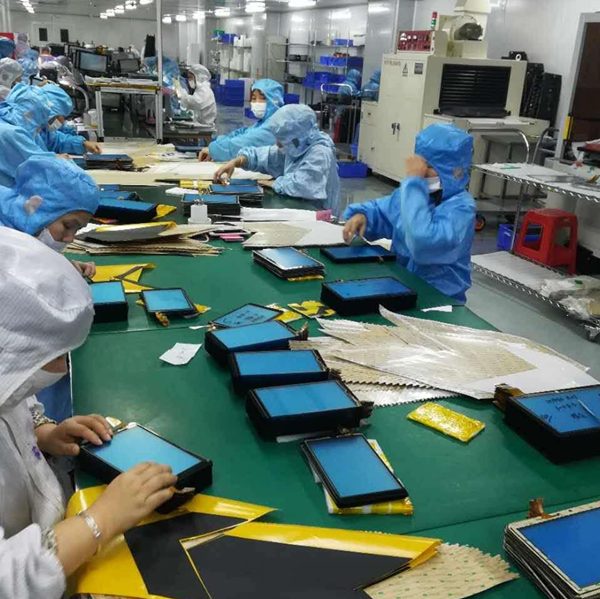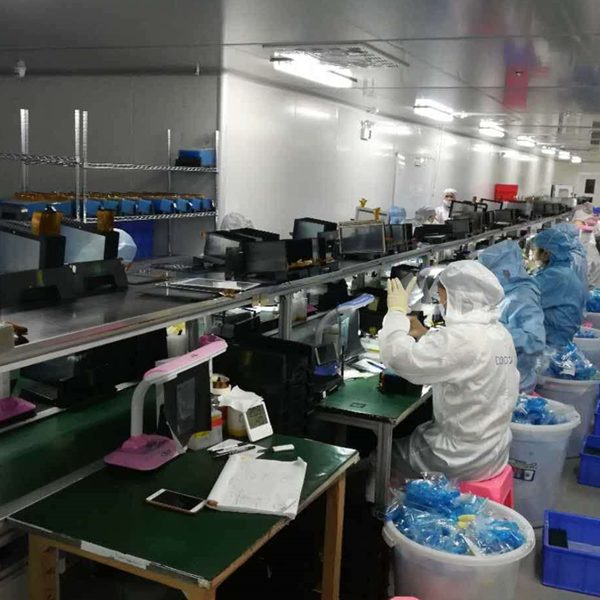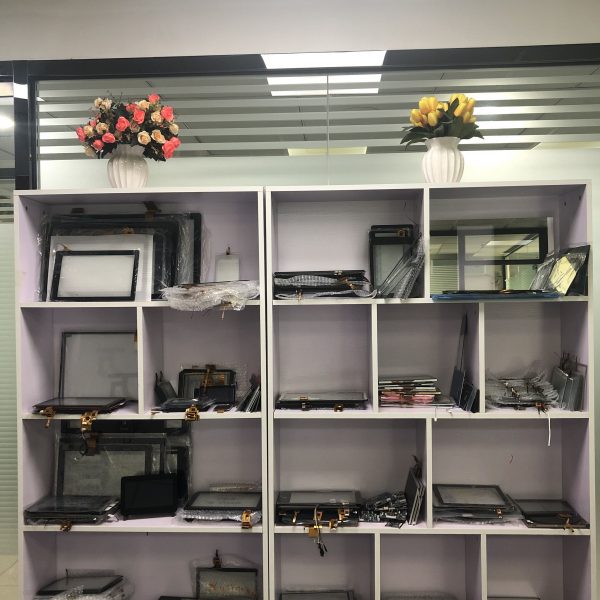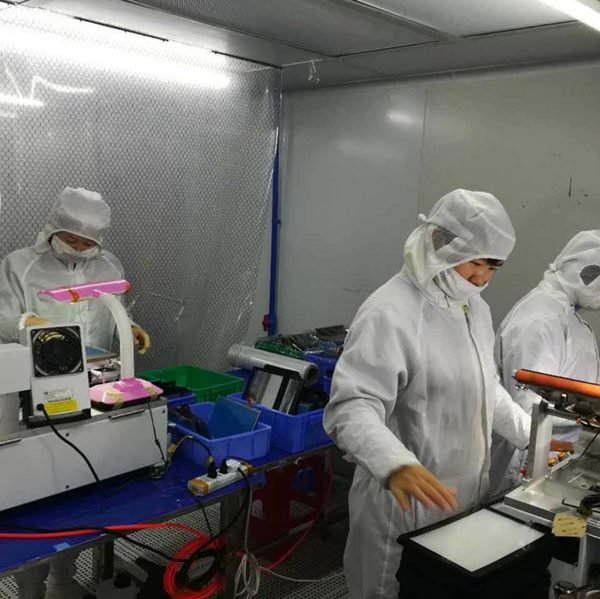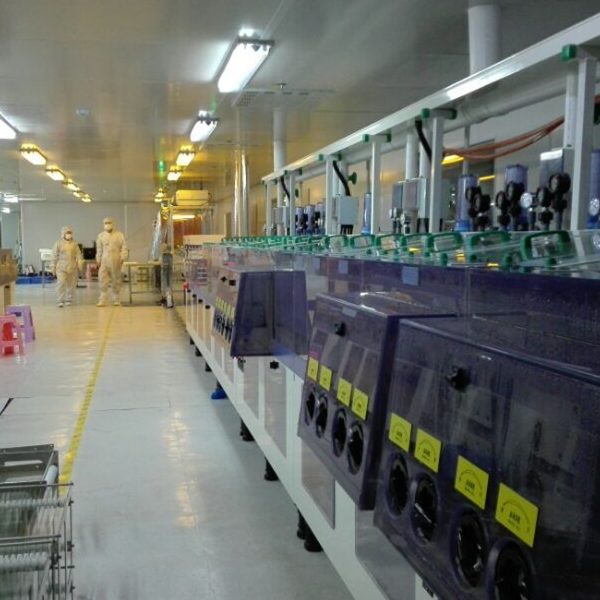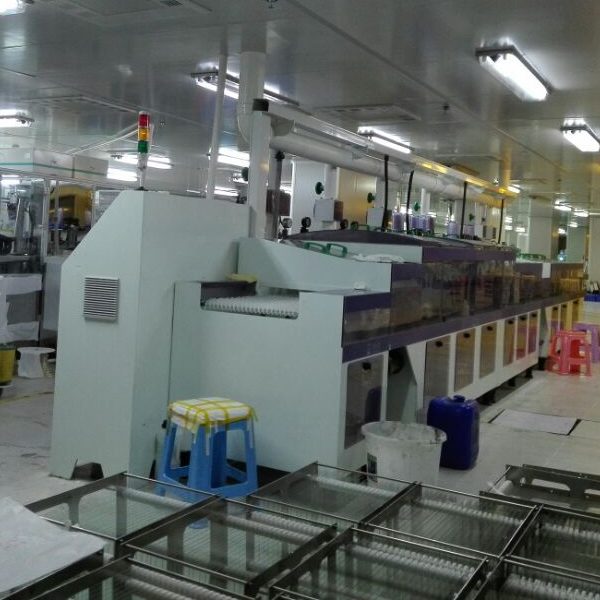LCD technology is to pour liquid crystal between two planes with thin grooves. The grooves in these two planes are perpendicular to each other (intersecting at 90 degrees). That is, if the molecules on one plane are aligned north-south, then the molecules on the other plane are aligned east-west, and the molecules located between the two planes are forced into a state of 90-degree twist. Since the light travels along the direction of the arrangement of the molecules, the light is also twisted by 90 degrees as it passes through the liquid crystal. But when a voltage is applied to the liquid crystal, the molecules are rearranged vertically, allowing the light to shoot straight out without any twisting.
LCDs rely on polarizing filters (sheets) and the light itself. Natural light is scattered randomly in all directions. A polarizing filter is actually a series of increasingly thin parallel lines. The lines form a net that blocks all light rays that are not parallel to the lines. The line of the polarizing filter is exactly perpendicular to the first, so it completely blocks the light that is already polarized

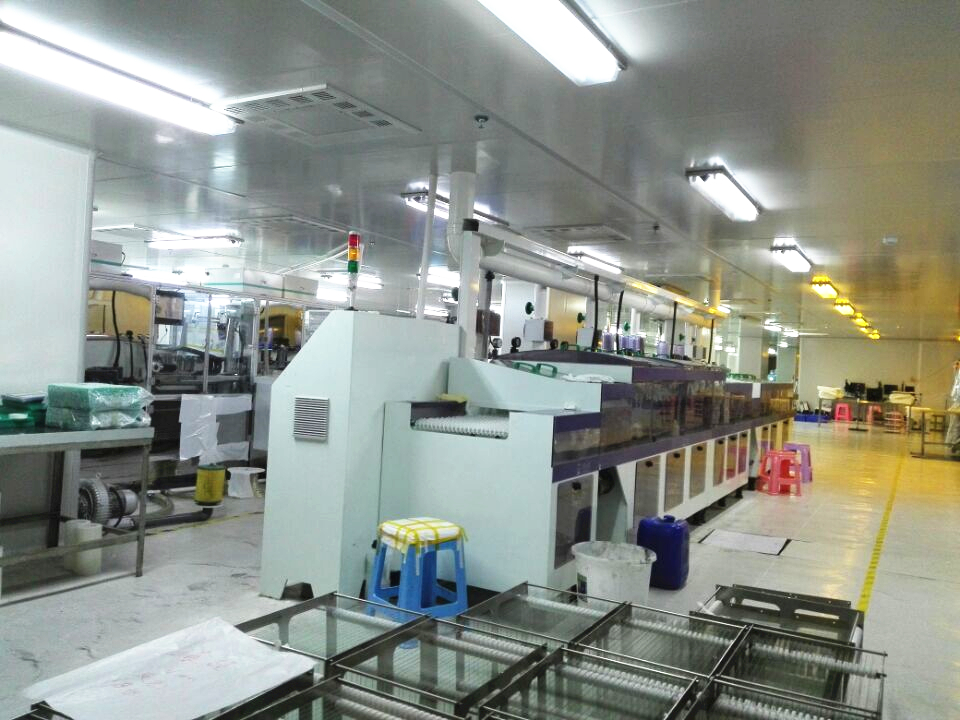
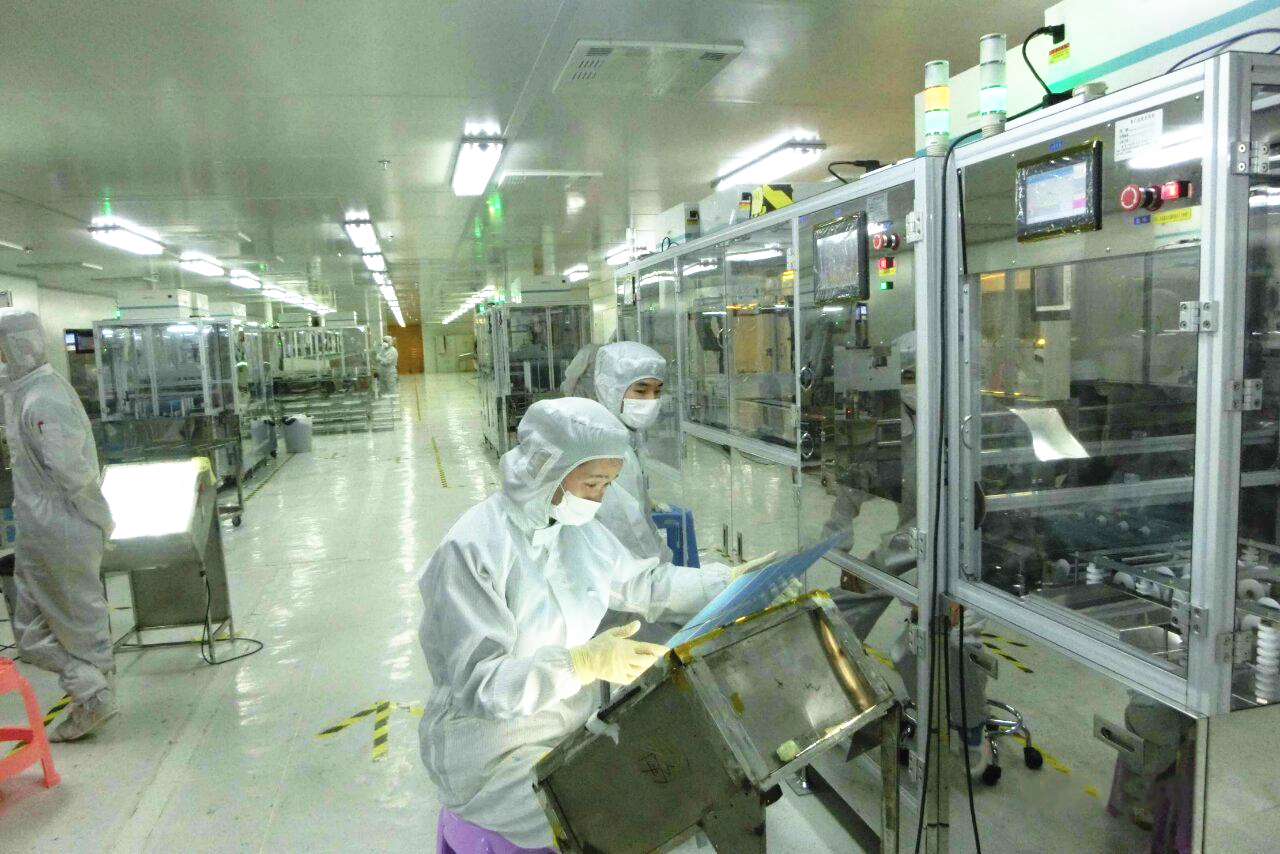
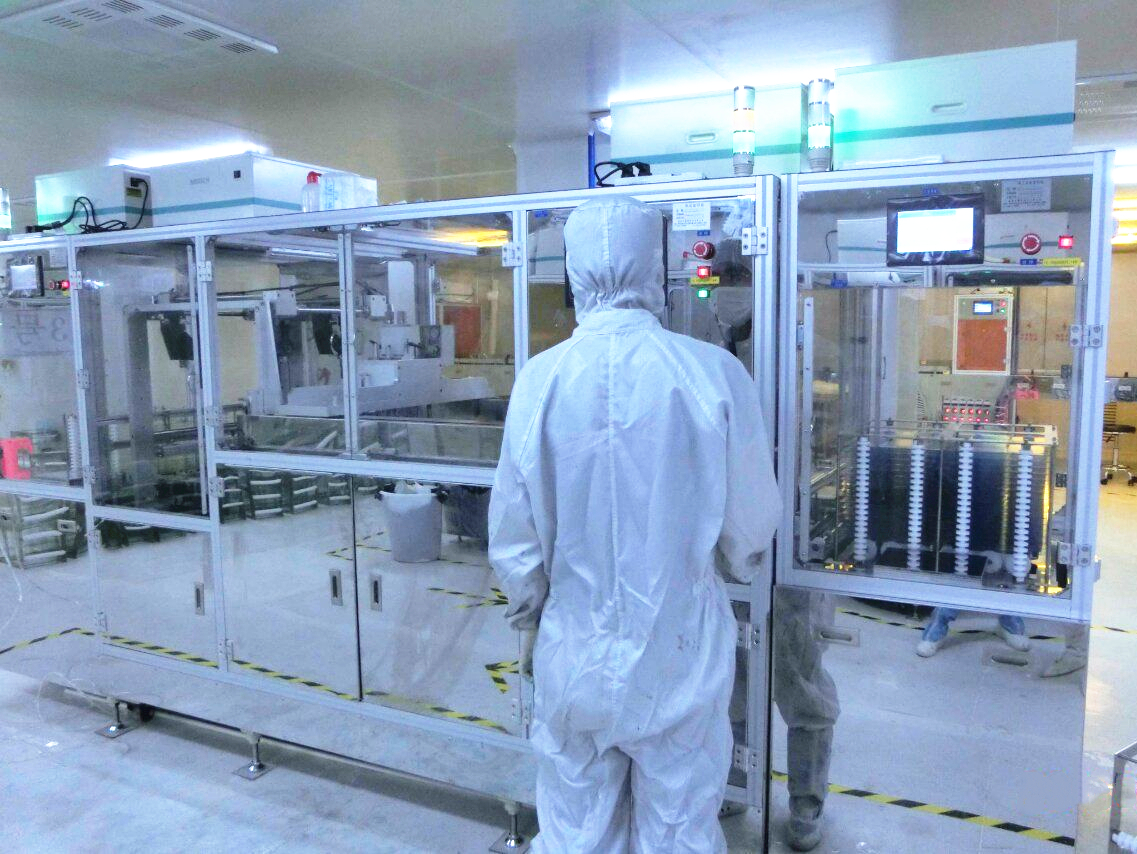
best results
